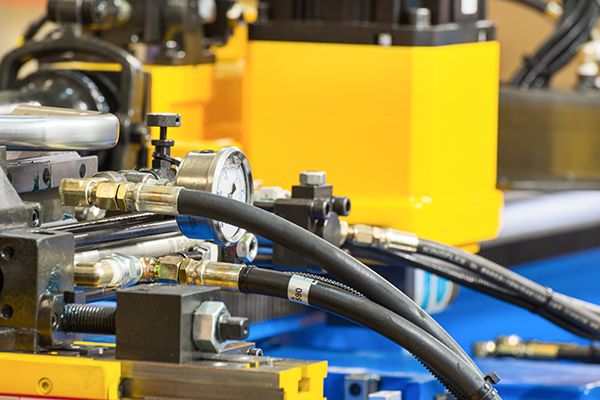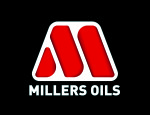Leading oil and engineering fluids supplier Millers Oils answers the most frequently asked questions when it comes to the oxidation of hydraulic oil.
What is oxidation in oil?
Oxidation is the chemical reaction with oxygen, which permanently changes the molecular structure and therefore the properties of the oil. Depending on the extent of oxidation, the oil molecules become replaced by other chemicals such as alcohols, aldehydes, ketones and acids which lead to an increase in oil viscosity, as well as deposit formation, varnishing and sludge.
What’s the best way to stop oil oxidising?
The bad news is that oxidation of hydraulic oil is unavoidable. The good news is that it can be slowed and managed by selecting the right oil and implementing oil maintenance regimes.
The rate of oxidation can be accelerated by factors such as high temperature, and the presence of acids, water and wear metals e.g. copper, or slowed by the use of anti-oxidants and inherently stable base oils. By taking regular oil samples, the presence of any contaminants can be identified and remedial action such as filtration can be taken.
Millmax Longlife hydraulic oil is specially formulated to resist oxidation, using a blend of base oils with naturally high oxidation resistance coupled with the latest additive technology, to give longer service life and extended drain intervals.
What impact does oxidation have on hydraulic systems?
Oxidation reactions reduce the amount of functional oil in the system and replace it with chemicals such as acids which promote corrosion and loss in foam control, and cause an increase in viscosity, as well as deposit, varnish and sludge formation. In turn, these restrict oil flow by clogging filters, strainers and valves. Varnish build up can act as an insulating film, increasing operating temperatures and accelerating the rate of oxidation, while deposits cause wear in the system. The ultimate result of oxidation is system breakdown – most often caused by pump failure.
How can you tell if an oil has oxidised?
Two perceptible indications of hydraulic oil oxidation include foul odours and darkening of colour, as well as the more obvious presence of sludge and varnish. There are also a number of ways to determine the level of oxidation by sample analysis in the lab:
Total Acid Number (TAN): Fresh hydraulic oil should have a TAN of around 0.2 mg KOH/g, however, this will increase as acids are produced in oxidation reactions. Once the oil has a value of 1 mg KOH/g greater than the initial value, an oil change is strongly recommended.
Viscosity: Oxidation causes an increase in oil viscosity, as the acid molecules produced in the reactions associate, increasing the median density and therefore viscosity.
IR spectroscopy: Oxidation products such as alcohols, aldehydes, ketones and acids can be identified in the oil by using infrared spectroscopy. A greater presence of these molecules indicates a higher level of oxidation.
Millers Oils offers a sampling service to keep maintenance departments informed of the condition of their oil and equipment, so maintenance can be planned around operations, saving both time and money.

